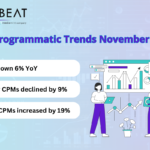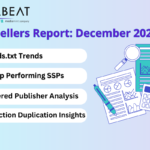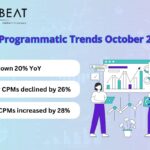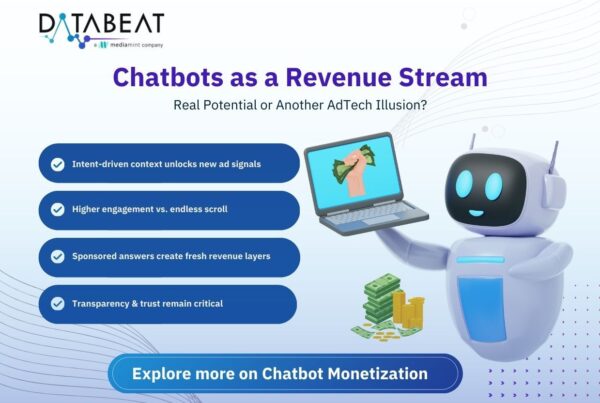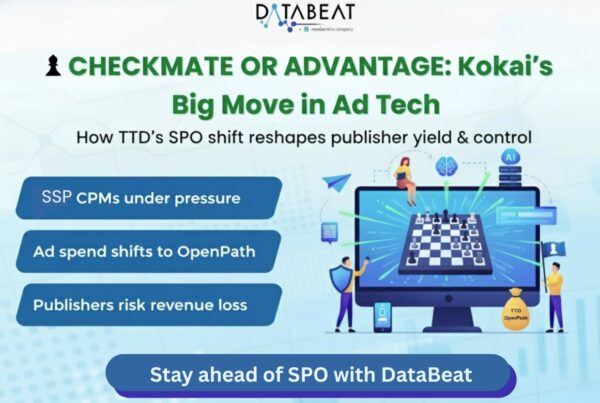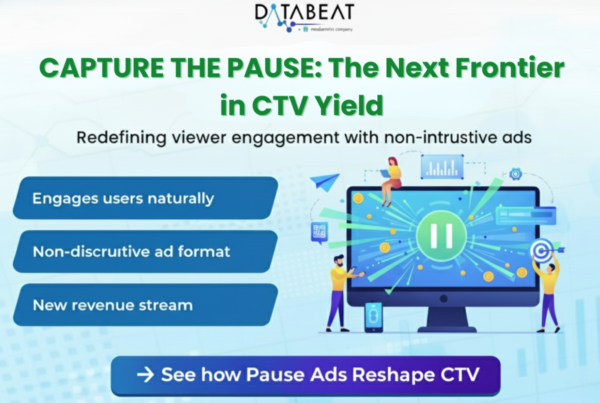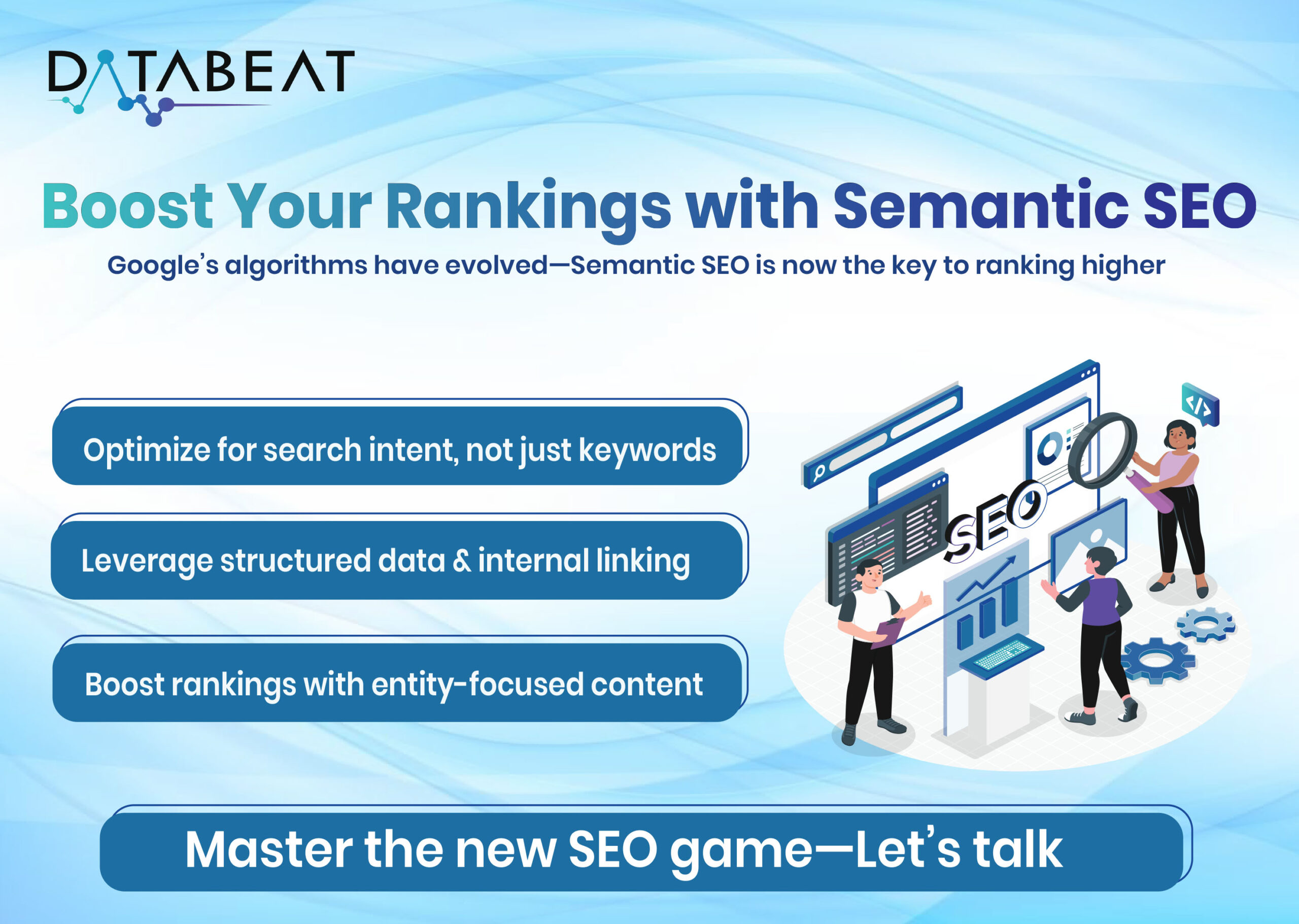
Search engine optimization is the only way to drive organic traffic from search engines. In the early stages of SEO, the focus should be on creating quality content and building backlinks. But now, the whole game of SEO strategies is changing to compete with Google’s algorithms
What is Semantic SEO?
SEO has shifted from keyword-centric tactics to intent-driven strategies, powered by AI and Semantic SEO. Today, it’s about user experience, mobile-first indexing, and adapting to voice search and AI — where relevance and context reign supreme. At the same time, structured data sharpens the context for algorithms. In this era, semantic SEO bridges human understanding and machine logic, crafting content that’s both discoverable and genuinely valuable.
To optimize the content by semantic seo we need to satisfy certain entities to get great results. As mentioned below:
Master Semantic SEO with This 13-Step Checklist!
1.Identify Core Topics & Clusters:
Rather than looking for singular keywords, focus on the major themes that appeal to your audience. After identifying a topic, develop content around it and have each piece link to others in that cluster. This shows search engines that you are a trusted expert on those topics.
Example : If “content marketing” is a core topic. In that topic list all sub-topics like:
- Content Strategy
- Social Media Marketing
- Content Analytics
Now create a pillar page with a content marketing topic and also post all sub-topics independently and internal links all topics with the core topic also.
2. Intent is Everything:
In search engines, users may search for information, services, etc. Based on this the search keyword intent will vary. So based on keyword intent results have to be displayed to fulfill the user’s needs.
Ensure that your content supplies the answers to the questions people are always asking. Know the reason behind the search: it is not enough to simply understand their intent.
Example:
- Commercial intent
- Information intent
- Navigational intent
- Transactional intent
3. Structured Data:
Schema markup refers to a form of structured data that enables search engines to decode the significance of your content rather than just passing through plain text. It provides context to your website elements, enhances how search results are displayed, and increases the possibility of rich snippets showing up in the search engine results pages (SERPs).
Types of Structured Data:
- person
- FAQ
- Local business
- Organization
4. Include LSI Keywords:
Latent Semantic Indexing (LSI) keywords encompass phrases and terms that relate and give greater relevance to the content. They aid search engines and readers in comprehensively understanding the topic’s content with the inclusion of related words. For instance,
Consider the primary focus on “heart disease.” The additional and related aspects of LSI phrases may include “cardiovascular health,” “cholesterol levels,” elevated “blood pressure,” “coronary artery syndrome,” “symptoms of heart attack,” “stroke prevention,” “lifestyle modification,” and “healthy eating.” These phrases contribute to a richer context surrounding heart disease which can be comprehended easily by the readers as well as search engines.
5. Long-tail Keywords:
Long tail keywords are one type of keyword that can precisely show the keyword intent and usually, these keywords are 3 or more words.
Use a specific set of intent-based keywords to capture targeted traffic. These are the users who are aware of what they want, and your content is the ideal solution for them.
Example:
- Analytics
- Custom analytics
- Advanced analytics
- Advanced analytics Services
6. Implement Internal Linking:
Strengthen your site’s architecture by linking relevant content internally. And create internal links around the keyword clusters which helps search engines understand we covered topics in the keyword cluster and also understands that we are experts in those topics.
7. Optimize for User Experience (UX):
User experience plays a critical role in semantic SEO to enhance the user experience. Below is the checklist that helps users stay on the website for a long time:
- Mobile friendly: More than a desktop. Users land on the mobile version of the website. So a mobile responsive website is more important.
- Website navigation: How users can navigate to all pages via the menu, categories blogs, etc to find the needed information internally. Is based on website design and structure improves the website navigation
- Website load speed: it refers to the time taken to display the content to users. Generally, the ideal load speed is 2 seconds. If the load speed increases, the bounce rate also increases.
8. Use Rich Media (Images, Videos):
Enhance your content with images /infographics and videos to keep users engaged longer. This will also help drive traffic from Google images.
9. Add FAQ Sections:
Provide clear answers to common questions about your topics and entities. In FAQ sections search engines crawl the content in the faq section and try to display it in Serps.
10. Write Entity-Focused Content:
Go beyond keywords—focus on entities and their relationships to build authority.
Entity-focused content means trying to publish the content around entities like people, places, things, and concepts which will cover all topics but not by only focusing on keywords.
11. Monitor Knowledge Graph Visibility:
Keep an eye on your entity’s presence in Google’s Knowledge Graph to boost credibility. Make sure that the entity is filled with all details like social media links and relevant information. To enhance the visibility and trust.
12. Build Backlinks from Relevant and Authoritative Sources:
Strengthen your site’s authority by acquiring quality backlinks from trusted and High-authority domains. By doing this search engines understand the value of our website content and prioritize ranking in SERPs.
Conclusion:
In today’s world, SEO cannot be ignored if one wants to remain relevant in the constantly changing landscape of technology. Ensuring that the content serves the audience and can easily be found on search engines requires topic clusters, search intent, structured data, and user experience.
Every detail contributes to the development of a powerful content marketing plan, whether it’s utilizing long-tail and LSI keyword optimization, internal linking, or using rich media. Maintaining strong search rankings and credibility for a website also requires the addition of FAQ sections, entity-centric content, and authoritative backlinks. Ready to elevate your SEO game? Get in touch with DataBeat today and let’s grow your visibility together!


